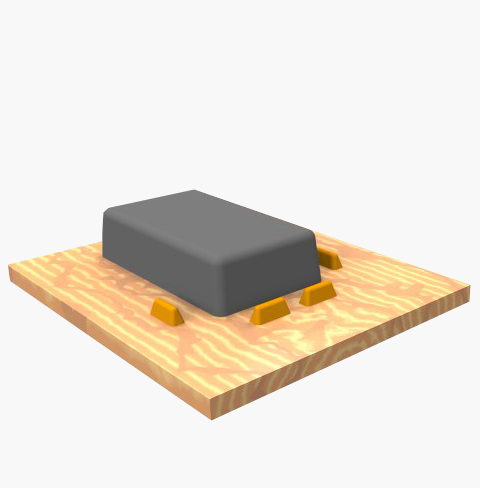3D measurement technologies are included in a growing number of higher education research and learning programs, like engineering, aerospace, automotive, archeology, and art and design. Whether used to teach reverse engineering or to collect and archive data, they serve to challenge students in an entirely new way.
As educators look at the variety of scanners on the market, there are a few things to consider.
What level of detail do you need to achieve with your scan data?
Higher resolution scanners are typically more expensive and there is a misconception that you should purchase a scanner with the highest resolution you can afford. Think about the types of objects you plan to scan and the level of detail you want to achieve so you don’t waste money on resolution you don’t need. In some cases, an application may require multiple scans in different resolutions – so you may need a couple different scanners for one project.
What size objects do you plan to scan?
[one_half valign=”top” animation=”none”]
The size of the part you wish to scan plays a role in whether you should consider a table top scanner that sits on a tripod, or a handheld scanner.
If you primarily plan on scanning parts that are smaller than the size of a basketball, a tabletop scanner with an automated turntable is a good solution. Large objects are typically better suited for a handheld scanner so you can continue to move around the part while scanning. A hand held scanner is also often more versatile because it can scan both small and large objects easily.
[/one_half]
[one_half_last valign=”top” animation=”none”]

[/one_half_last]
Are you looking to collect and archive scan data, scan and print, or reverse engineer parts?
The answer to this question will indicate what kind of software package you should consider to accompany your 3D scanner.
If you aim to produce exact replicas of objects, look for software with a Scan-to-Print workflow. Once an object is scanned, the software will help you clean up the mesh so that you have a watertight mesh ready for 3D printing. If you want to alter a scanned object, look for software with a Scan-to-CAD workflow.
To learn more about which 3D scanners work best in different educational environments, download our recently updated STEM Lab, Makerspace and Machine Shop Fundamentals Guidebook.



